 10 things to keep in mind if you are cycling the Old Eyre Highway
10 things to keep in mind if you are cycling the Old Eyre Highway
This is the all but forgotten original route used to first cross Australia from East to West and in use until the mid-1970’s when the current Eyre Highway was built closer to the coast to take advantage of the views out over the Great Australian Bight.
The Old Eyre Highway in South Australia holds a special place in Australian road trip lore and having first driven it in 1974, it was very high on the own Bucket List.
Cycling this rugged stretch of road, now largely bypassed by the modern Eyre Highway, offered this 62yo a glimpse into the challenging conditions faced by my parents when they first same this way in the 1950’s and the road was still mostly dirt.
The track (it can no longer be called a highway) has not been maintained in the past forty years and varies greatly in condition as it winds north-east across an ancient limestone sea bed passed sinkholes and caves, old car wrecks and abandoned fuel stops. It is not a track to travel unprepared and except for a brief return to “civilisation” at the Nullarbor Roadhouse, there are no amenities and all food, water and gear has to be carried for the duration.
Traversing the this road is not for the faint of heart. The unsealed road can be rough and corrugated, demanding a well-prepared (preferably) 4WD vehicle carrying ample supplies of water, food, and fuel and spare parts, as services are all but non-existant along this 185 kilometre section between Border Village and Nullarbor Roadhouse. It’s also crucial to inform someone of your travel plans and carry emergency communication equipment, as mobile phone coverage is virtually non-existent.
However, the journey along the Old Eyre Highway rewards intrepid cyclists and this article to share the top 10 things you need to keep in mind before embarking on this epic journey.
Above all, remember that this is a desert, the track is an abandoned road, is in rough condition and is rarely traveled. Once away from the highway, you are unlikely to meet other travellers and travel in summer is discouraged due to the extreme heat.
1. Time and distance
This section of the Old Eyre Highway might seem like a short jaunt at 185 kilometres, but don’t be fooled. The extreme conditions mean that one should plan for about four days of cycling. This allows for an average of around 50km per day, but even this distance will be tough and require management of heat and rough roads.
2. Timing is everything
I learned the hard way that timing can make or break your trip. The heat on the Nullarbor Plain can soar above 45 degrees Celsius, turning your ride into a battle against the elements. Trying to keep fluid levels up in this sort of heat is difficult. Consider cycling during the cooler months to avoid these extreme temperatures.
3. Choose your direction wisely
While the ride can start either Border Village or Nullarbor Roadhouse, I recommend cycling from west to east. This direction often provides a helpful tail wind, making the ride a bit easier.
4. Water, water, and more water
The most crucial aspect of cycling the Old Eyre Highway is water management. Anyone attempting to cycle this route will need to carry sufficient water for the entire trip – potentially up to 50 litres. It sounds excessive, but trust me, in this remote and arid environment, it’s a lifesaver. Koonalda Station had potable water in the tanks when I was there, but don’t rely on it always being the case. If you are low on water, one of the caravaners will probably be ale to assist when you reach Koonalda Homestead.
5. Self sufficiency is key
The limestone surface of the Old Eyre Highway can be brutal on bikes. It would be prudent to carry a comprehensive repair kit, including spare tubes, a tyre, a pump, and basic tools. In the past, I have also found heavy duty cable ties and a small coil of soft wire useful. The rough roads can take a toll on cycling equipment, so being prepared for repairs is essential.
6. Stay on track
While the route is relatively straightforward, it’s crucial to have reliable navigation tools. I use a combination of physical maps and GPS devices. Remember, there’s no cell coverage along most of the route, so we can’t rely on our phones for navigation.
7. Know your escape routes
The main Eyre Highway runs about 15km south of our route at its furthest point. I always make note of the rough roads connecting to the main highway. These can be lifelines if we need vehicle support or face an emergency.
8. Beat the heat
Cycling in extreme heat requires careful management. I start early in the morning when temperatures are cooler and take frequent breaks during the hottest part of the day. Covering up with light, breathable clothing and using sunscreen is non-negotiable.
9. Plan your Koonalda Station stop
Koonalda Station, located about halfway along the route, is the only sign of ‘civilisation’ we’ll encounter. It’s a welcome sight after days of cycling through the remote Nullarbor Plain and I would reccomend taking some time to rest here.
10. Safety considerations
The Old Eyre Highway is incredibly remote. There may not be another soul on the route during our entire journey so being self-sufficient is crucial. Carry a satellite phone for emergencies, as there’s no cell coverage along the route. It’s also wise to inform someone of your planned route and expected completion date before setting off.
The cycling experience
Cycling the Old Eyre Highway is more than just a physical challenge – it’s a journey through time. I drove this in 1974 in my new Toyota Corrolla before this section was sealed. For me this was a step back in time but even for the first time traveller, as bicycle tyres crunch over the limestone surface, there will still be echoes of the past rattling around one’s head. This road was once notorious for its harsh conditions, challenging even the toughest vehicles. Noting much has changed since 1974.
Anyone spending any time on this road will be treated to vast expanses of the Nullarbor Plain stretching to the horizon. The landscape might seem monotonous at first glance, but it’s filled with subtle beauty.
Conclusion
Cycling the Old Eyre Highway is an adventure that’ll push anyone to their limits and leave unforgettable memories. It’s a chance to experience a piece of Australian history with challenges in one of the country’s most iconic landscapes.
Keeping these ten points in mind, and be well-prepared for the journey ahead. Remember, this isn’t just about reaching the destination – it’s about embracing the unique experience of cycling across the Nullarbor Plain on a road that’s steeped in history.
So, grab your bike, pack your supplies, and get ready for an adventure of a lifetime on the Old Eyre Highway.
The open road of the Nullarbor Plain awaits!
- Koonalda Homestead offers an element of civilisation
- The occasional cattle grate adds variety
- Thiss will be solitary ride
- The flies will be relentless
- Expect some very rough sections


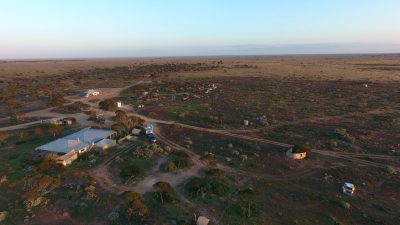
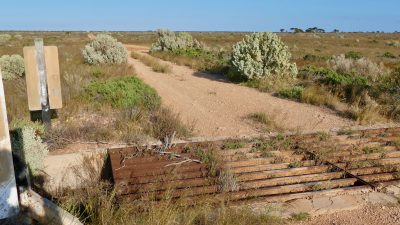
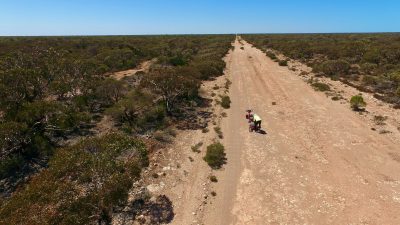

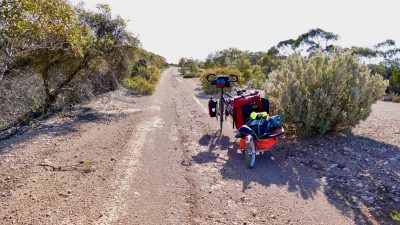

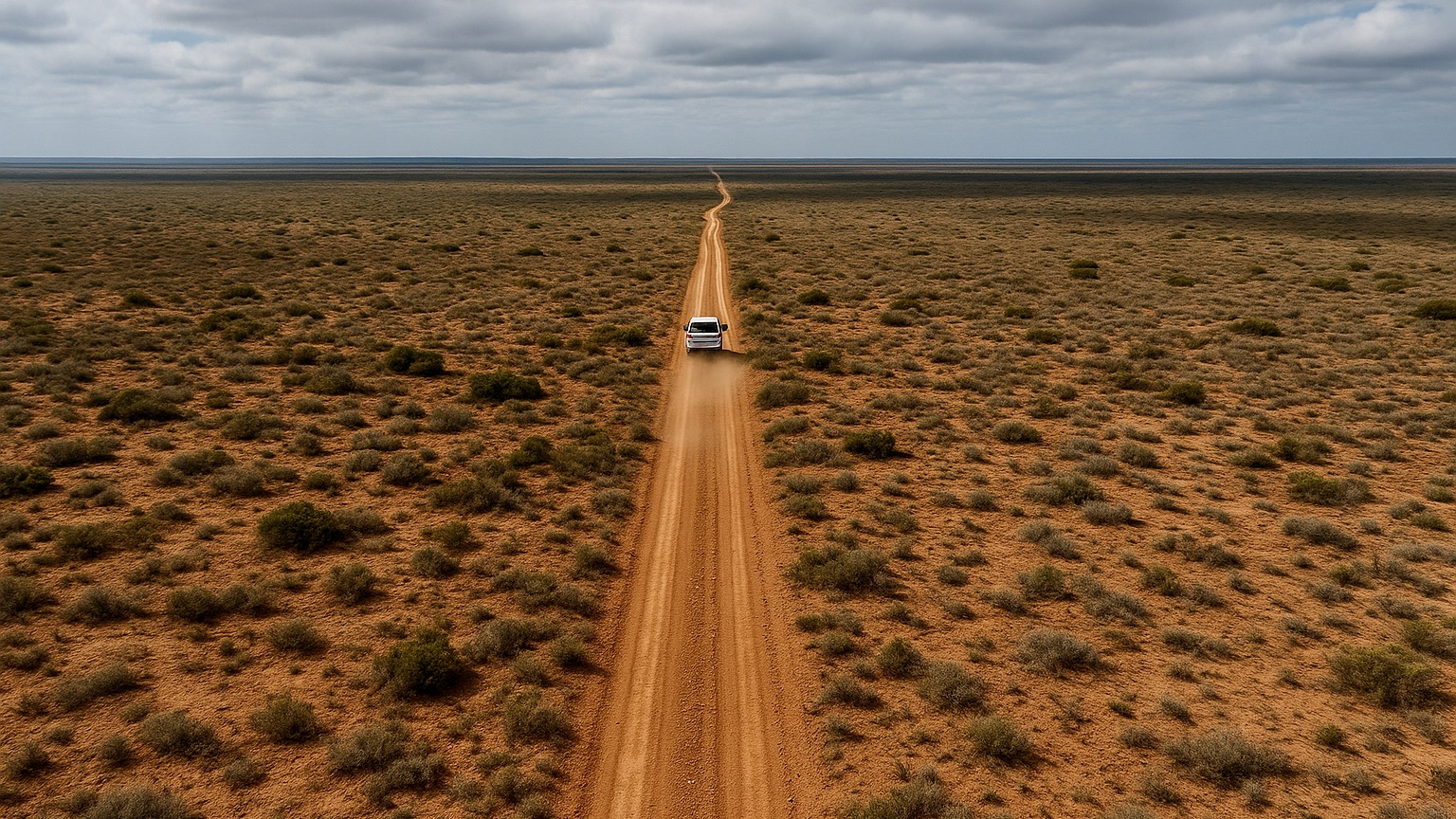

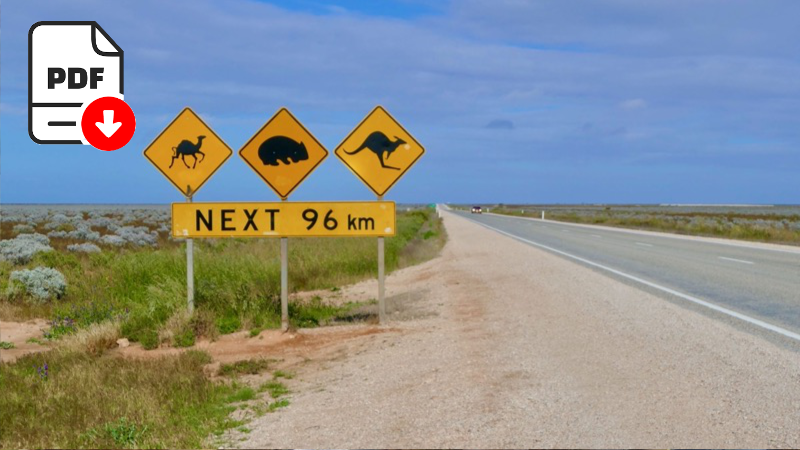
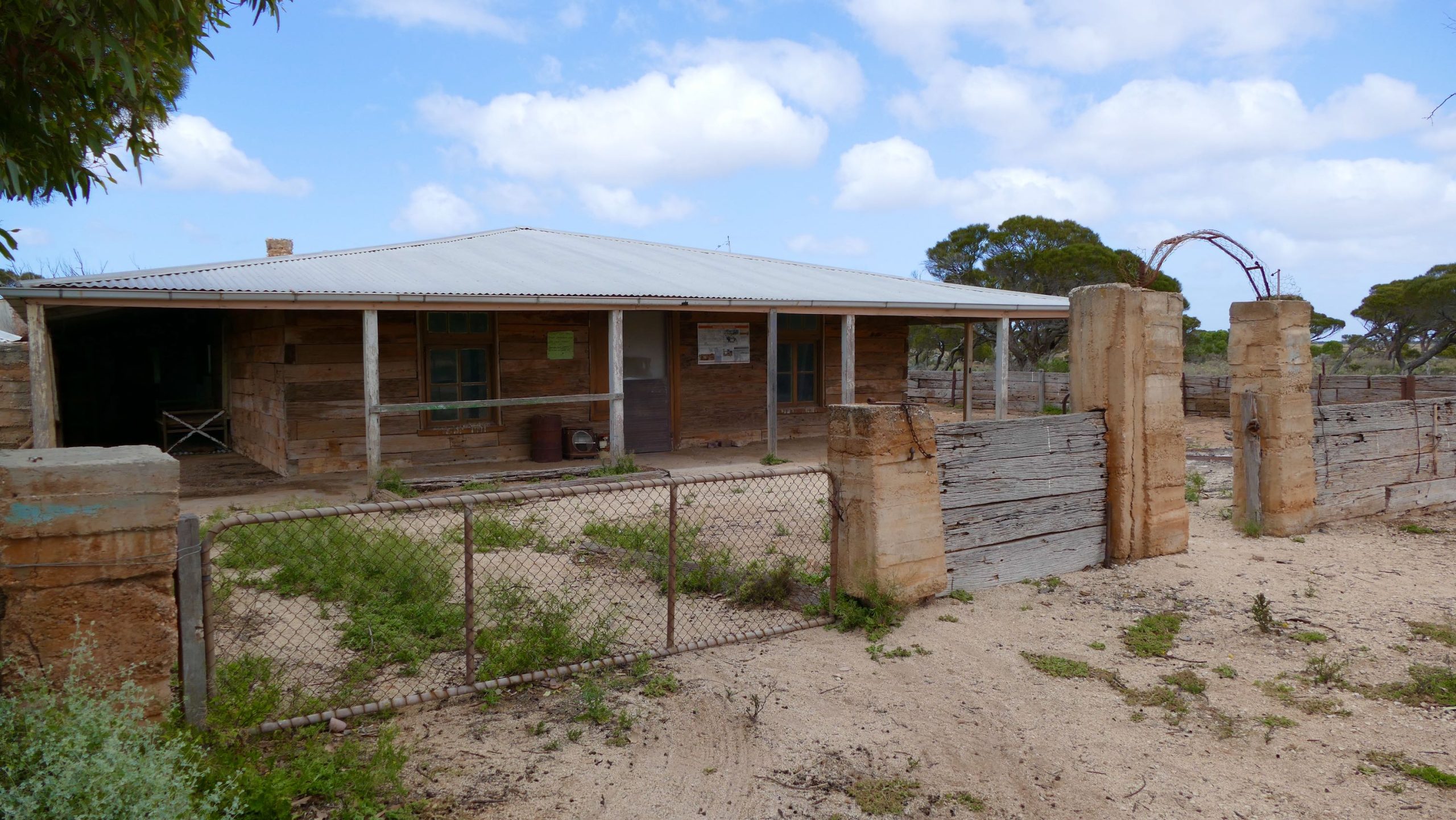
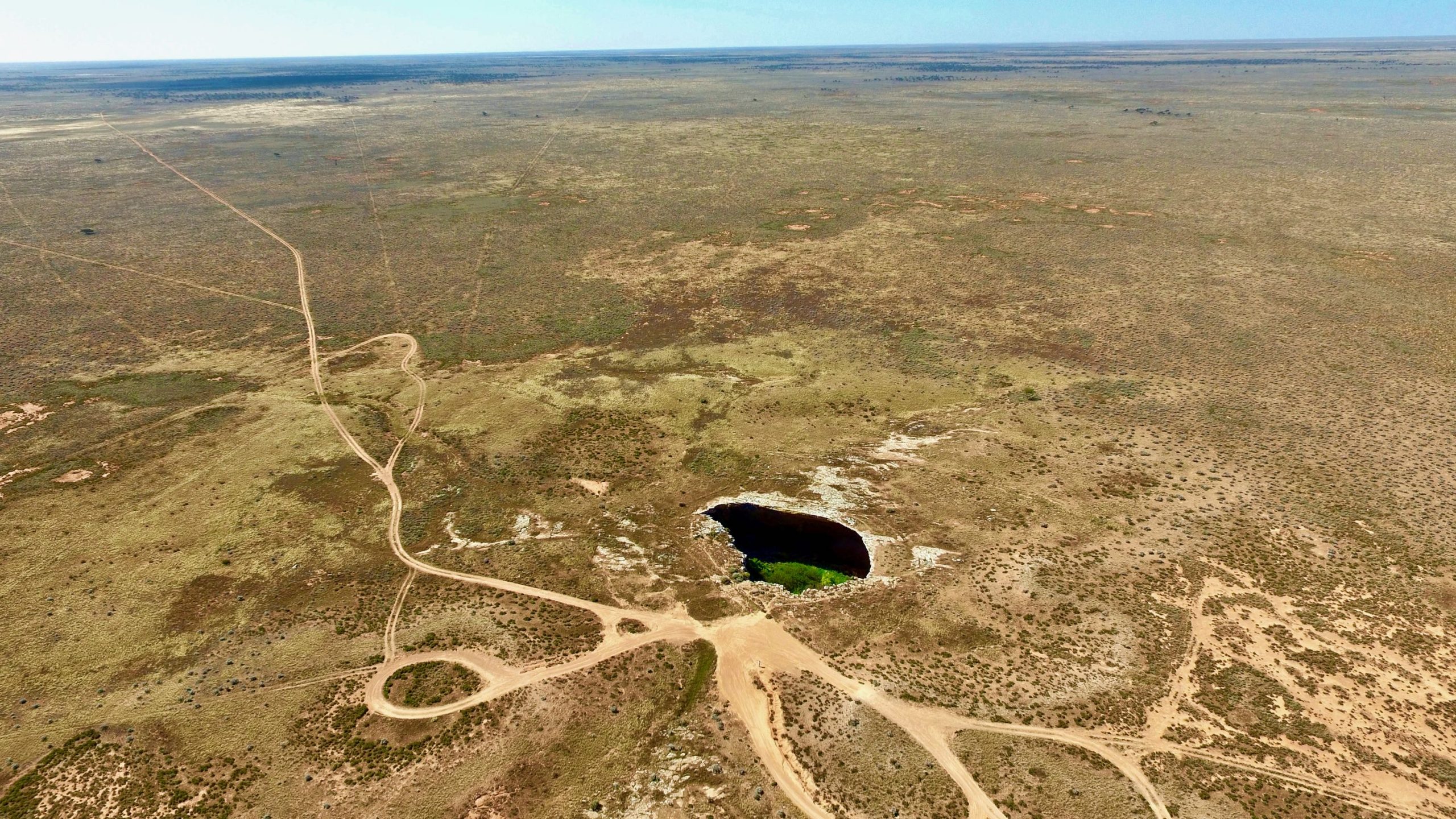
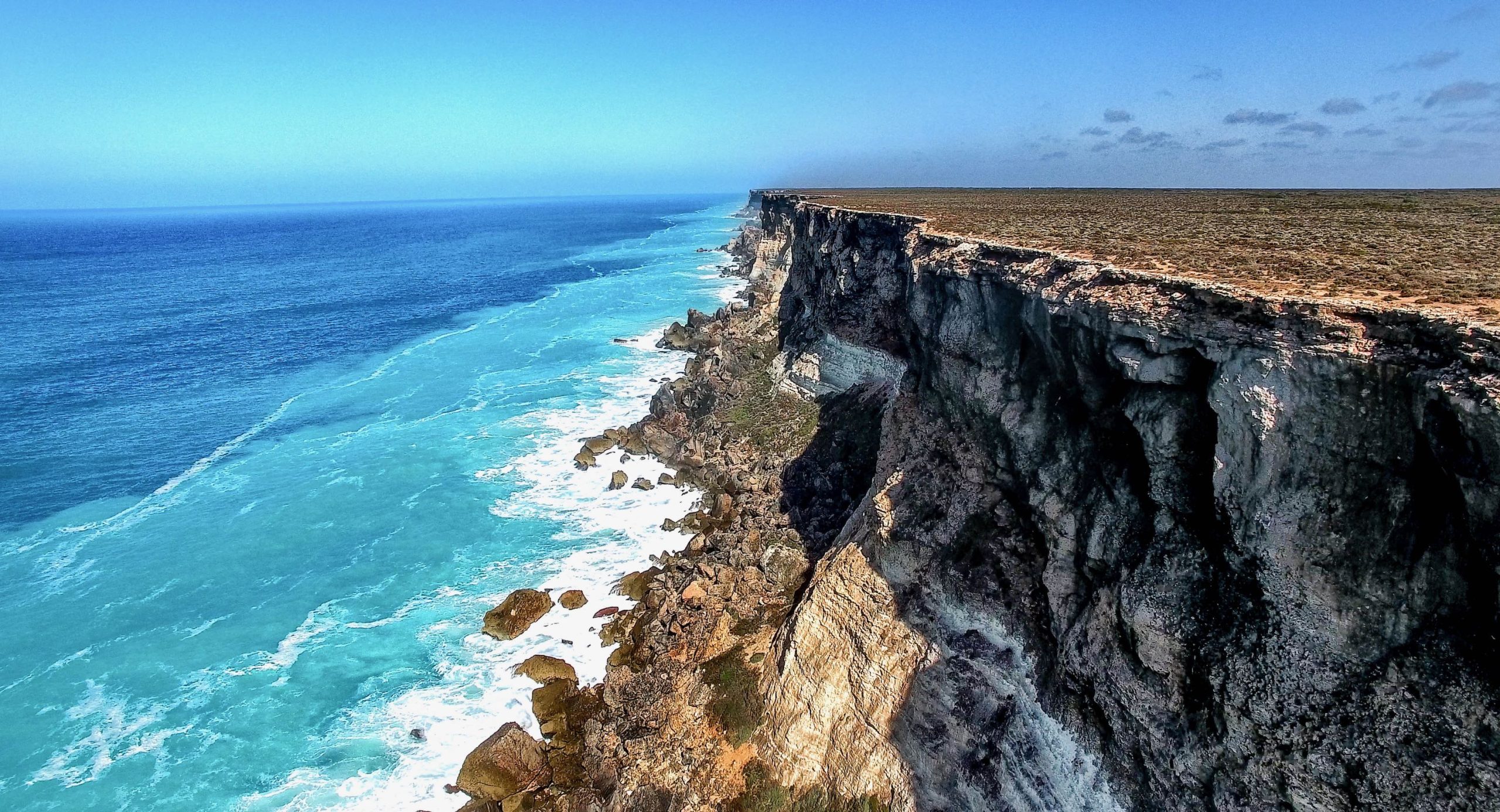
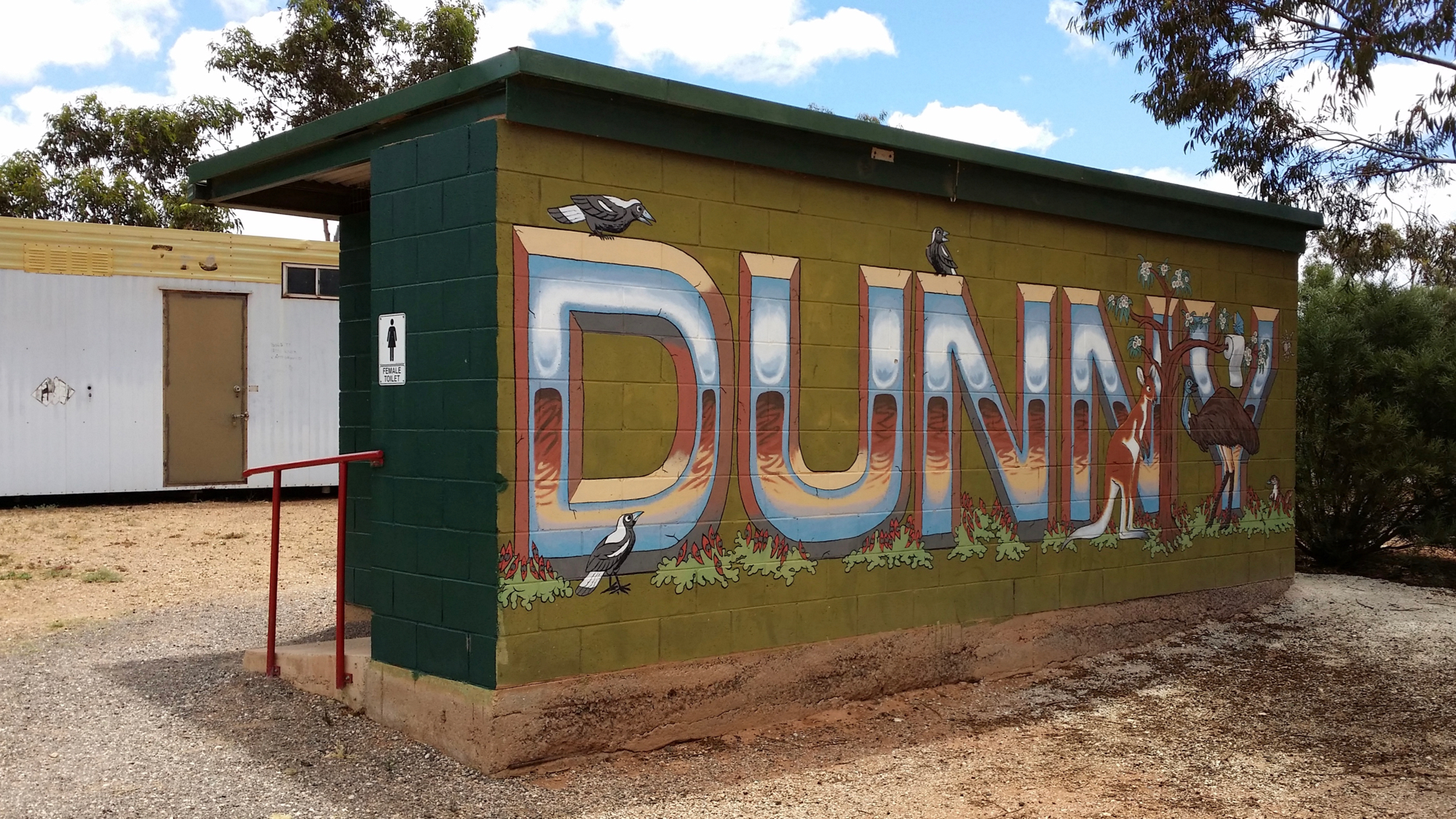

Leave A Comment